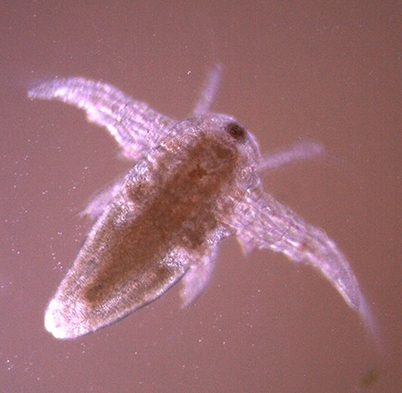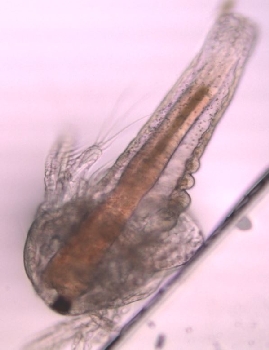Principle
There is a genus of very small crustaceans living in salt lakes. These animals feed on other microscopic organisms such as algae and bacteria. The brine shrimps lay eggs from which larvae develop. These grow up to juvenile crustaceans within a few weeks. When salt lakes dry up most of the organisms dwelling in them perish. But what happens to the eggs? This you shall find out!
Benefits
- Experiment is part of a complete solution set with a total of 50 experiments for all microscopy applications
- With student worksheet, appropriate for all class levels
- With detailed instructor information, incl. sample microscopy image
- Optimized for tight schedules, i.e. minimum preparation time required
- Microscopy solution set specifically designed to include all required accessories
- Content available with matching multimedia files
Tasks
Determine whether crustaceans can develop from the dried-up eggs.
Learning objectives
- Brine shrimp
- Crustaceans
Required Accessories
This experiment requires a balance:
Precision balance, Sartorius ENTRIS® II, 820 g : 10 mg (49303-99)
Necessary accessories
You cannot use the item without these accessories!



